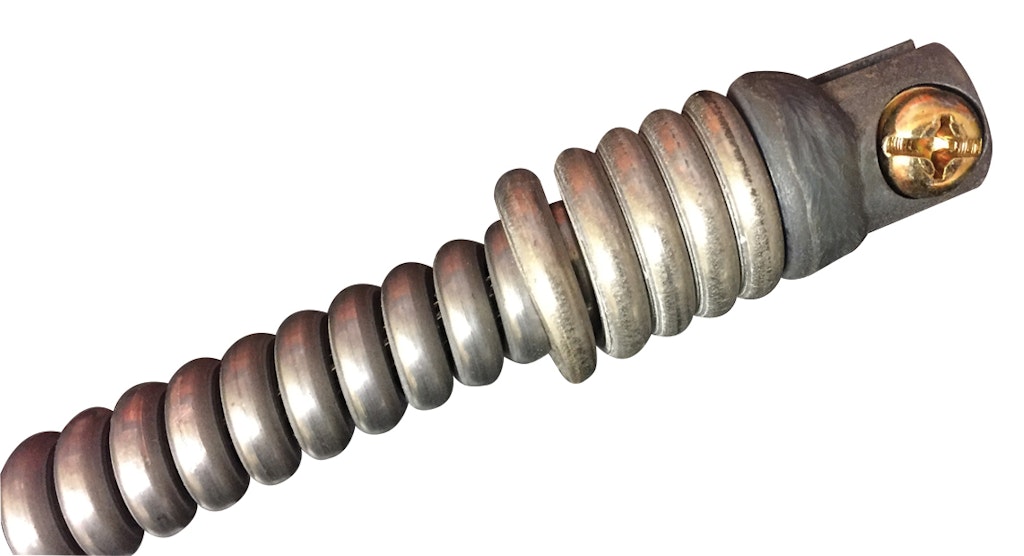
Introduction:
Dealing with drainage issues can be a common challenge for homeowners. In this article, we’ll explore quick and effective solutions for addressing drainage problems promptly. From simple DIY techniques to preventive measures, these tips will help you keep your drains flowing smoothly.
Identifying the Cause of Slow Drains:
The first step in addressing drainage issues is identifying the root cause. Slow drains can result from various factors, including hair, soap scum, grease, or foreign objects blocking the pipes. Understanding the specific issue will guide you in selecting the most appropriate quick fix.
DIY Solutions with Baking Soda and Vinegar:
A classic and environmentally friendly DIY solution involves using baking soda and vinegar. Start by pouring a cup of baking soda down the drain, followed by a cup of vinegar. Allow the mixture to sit for about 15 minutes and then flush the drain with hot water. This chemical reaction can help break down blockages and freshen up your pipes.
Hot Water Flushing for Grease Buildup:
If grease is the culprit behind your slow drain, a quick fix involves pouring hot water down the drain. Boil a kettle of water and carefully pour it down the drain in two to three stages, allowing each pour to work for a few seconds. The hot water can help melt and flush away grease buildup, restoring better drainage.
Using a Plunger for Mechanical Clearing:
For more stubborn clogs, a plunger can be a handy tool. Ensure there’s enough water to cover the plunger, creating a seal over the drain. Plunge vigorously for about 30 seconds and then check if the water drains more freely. This method is effective for dislodging blockages close to the drain opening.
Chemical Drain Cleaners for Tough Clogs:
Chemical drain cleaners are available for more challenging clogs. Follow the instructions on the product carefully, as these cleaners contain powerful chemicals. Use them sparingly, and avoid mixing different types of cleaners, as this can be hazardous. Chemical drain cleaners work by breaking down and dissolving blockages.
Preventive Measures:
Preventing future drainage issues is just as crucial as addressing current ones. Implementing preventive measures can save you from frequent drain problems. Use drain strainers to catch hair and debris, avoid pouring grease down the drain, and periodically flush drains with hot water to prevent buildup.
Checking and Cleaning P-Trap:
The P-trap, located beneath sinks, is designed to trap debris and prevent sewer gases from entering your home. However, it can become clogged over time. Place a bucket under the P-trap, unscrew the nuts, and remove the trap. Clean out any debris, then reassemble it. This quick fix can improve drainage by ensuring the P-trap functions effectively.
Snake or Auger for Deep Blockages:
When the clog is deep within the pipes, a plumbing snake or auger can be effective. Feed the snake into the drain and turn the handle to break up or retrieve the obstruction. Plumbing snakes are available at hardware stores and are designed to reach deeper into the plumbing system.
Professional Assistance for Persistent Issues:
If quick fixes prove insufficient or if you’re dealing with recurrent drainage problems, seeking professional assistance is advisable. A plumber can conduct a thorough inspection, identify underlying issues, and provide long-term solutions to ensure your drainage system operates efficiently.
Conclusion:
In conclusion, addressing drainage issues promptly is essential to prevent further damage and inconvenience. Whether you opt for DIY solutions or enlist professional help, the key is to act swiftly. To explore more tips and professional assistance for quick drain fixes, visit Quick Drain Fixes for expert guidance tailored to your specific needs.
